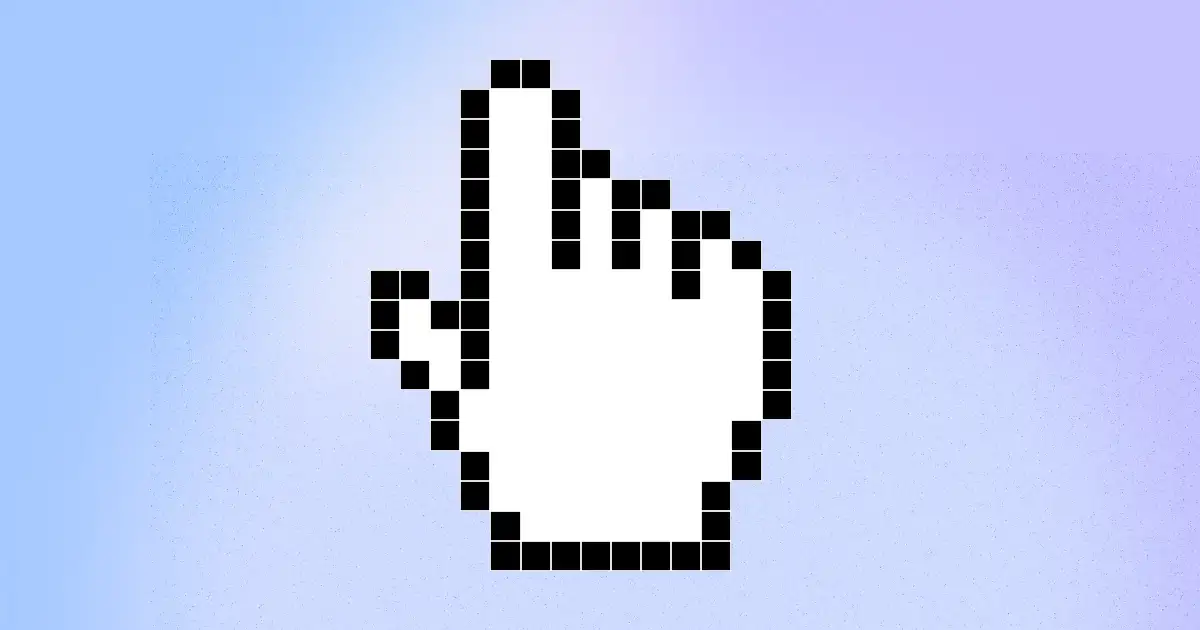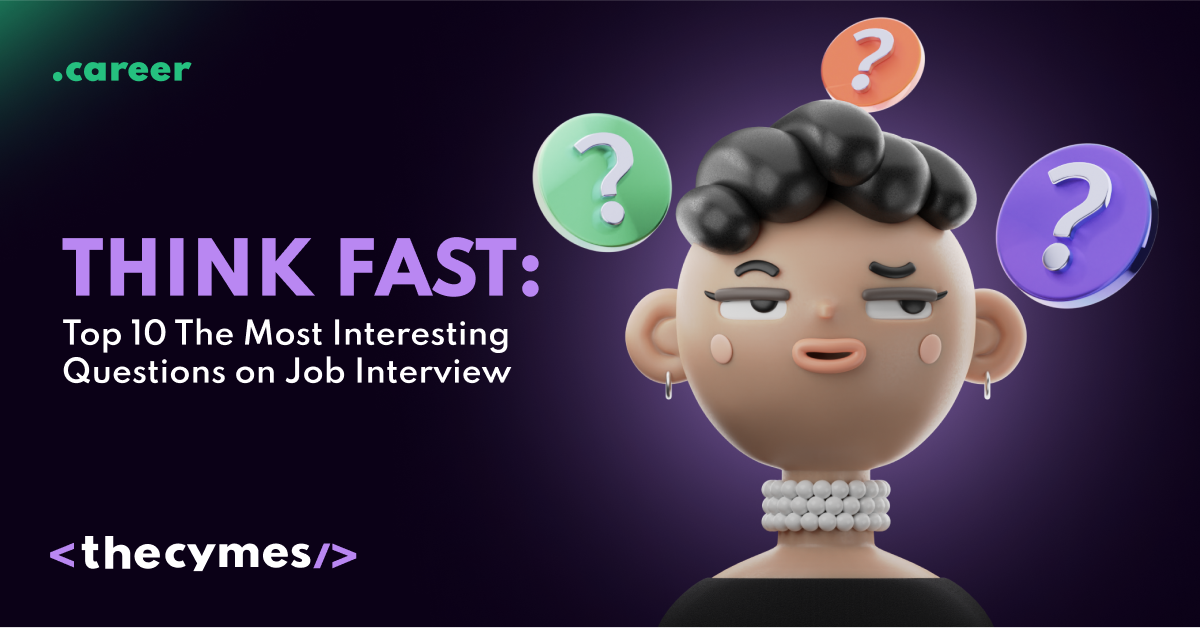Table of Content
Art That Gets in Your Head: The Rise of Neuroartists
/>Curious about how art can change your mind? 🧠🎨Introduction
Nowadays, a new field has come up where neuroscience meets visual arts. Discover the Neuroartists, the creative experts who are changing how we see, engage with, and gain from art. This new field is not only changing art; it's also helping science, therapy, and our knowledge of thinking. A Neuroartist is someone who uses their understanding of the brain and their artistic talents to make special art that affects how people feel and think. These creators use their knowledge of the brain and nervous system to make art that affects the mind, not just looks good. They're not just creating beautiful images; we're building experiences that can change the way our brains work and affect how we think.
Role of Neuroartists
Neuroartists have many roles in their jobs, and each part helps us learn more about how art affects the brain. Visual experimenters create art that shows how colors, shapes, and movements can change how we feel. A neuroartist could make abstract paintings with colors that make parts of our brain feel in different ways, to see how people react and learn about how colors affect our brains.
Neuroartists create art that lets people interact with it directly. They study how this interaction changes how people see and feel about the art. Art installations often use biofeedback, so the art changes when people react to it. Art and viewers interact in a way that makes the experience special and mixes up the roles of the artist, the art, and the people looking at it.
Essential Skills for Aspiring Neuroartists
Another significant part of a neuroartist's job is collaboration with the medical community. They work together with neurobiologists and psychologists to explore ways in which art might be used in treatment and in the rehabilitation of patients with neurological disorders. The discoveries in this cross-pollination have been art therapy applied to PTSD, depression, and even the early stages of Alzheimer's. It is through the work of this pioneering group of professionals that it has never been more apparent that art can heal and support mental health.
Neuroartists are further well-mobilized in the field of data visualization, wherein complex neurological data is brought out to create visually compelling and informative artworks. This is not only enhancing scientific communication but creating an absolutely new form of data-driven art between science and creativity. A neuroartist creates the opportunity to break down complex scientific ideas into recognizable forms for the public, therefore demystifying neuroscience and making a connection to people's understanding of how their brains function.
Neuroartists also make some important contributions in the field of education, as some take on a teaching responsibility in order to help train the future generation of artists and interdisciplinary scientists. Most of them head workshops and seminars on the collusion of art and neuroscience, which makes the students think beyond transmissive boundaries and consider cross-discipline possibilities for work.
This ultra-modern field will require an unusual mixture of artistic and scientific skills for the neuroartist to survive. It means having a strong artistic background in a number of ways and media, such as painting and sculpture, which are of the traditional form, and digital art forms. This also comprises having a basic knowledge of neurobiological sciences that would have encompassed brain anatomy and cognitive processes and a glimpse into how the nervous system interprets visual information.
Mastery of modern technology is another strategic aptitude that should belong to the professional of neuroart. Such a one should be highly competent in modern tools and software for the creation and analysis of art projects. That may often imply 3D-modeling software, VR/AR tools, and programs for the visualization of data. The measurement of the impact on the audience, designing experiments, and drawing meaningful conclusions may further add to the field of neuroart.
The Tech Connection: Programming in Neuroart
Programming is a part of the toolkit for many neuroartists who create complex interactive and data-driven artworks. Using languages like Python or JavaScript, programmers develop responsive art pieces sensitive to viewer interactions. For example, installation-based work that employs computer vision devices to follow viewer movement could alter accordingly. Programming further provides neuroartists with an ability to turn complex neurological data into stunning, poignant artworks, which present dynamic visualizations of brain activity during different emotional states.
It is exactly in such a virtual and augmented reality setting—very advanced in terms of required programming skills—that neuroartists in the future can host and ensure an immersive experience for artistic expression and therapeutic applications. Some neuroartists have gone so far as to experiment with AI algorithms that create art adaptive through aggregated viewer responses, effectively "learning" to evoke specific emotional or cognitive states.
Career Prospects and Earning Potential
Being an emerging field, neuroart holds exciting opportunities for people at the edge who follow this new discipline. With specific salary data scarce in this new field, experts suggest neuroartists can expect competitive compensation, and as demand for this highly unique skill set increases, salary figures range from $50,000 to $100,000 per annum based on experience, location, and specific role. Those working in research institutions or running their studios may fall on the higher end of this spectrum. In addition to studio revenues, neuroartists can also generate revenues from sales of artworks, exhibitions, grants, and consultancy for business industries, particularly the ones that are hungry to include neuroart principles in their products or services.
Neuroart is soon to have a very promising future because, with every new discovery made concerning the human brain, professional neuroartists become increasingly important. These people are not those who just create art but are pioneers of new ways to comprehend our cognitive and emotional reactions to visual stimulation. It even opens up the ability of neuroart for use in the development of new treatments for a variety of neurological and psychological conditions in therapeutic applications. For instance, neuroartists are developing a VR experience for the treatment of phobias and anxiety disorders.
There is a call for integrating neuroart into education, for example, to provide advanced learning processes. With this clear insight on how the brain simplifies and retains visual information, neuroartists will be able to develop various teaching and learning tools that will increase the retention and learning experience. Accordingly, in the future, this should enable personally tailored art experiences that maximize the emotional or cognitive benefits that each viewer gets, in keeping with our advancing knowledge of the differences in the functioning of the nervous systems of the two.
As with any other developing area of activity that can potentially guide cognition and affect, neuroart raises important ethical questions that will need to be addressed as it matures. The potential of manipulation, coupled with the responsibility that comes with the ability to manipulate neural processes, is already being discussed in the neuroart community.
The principles of neuroart are applied beyond the world of art and influence various fields, such as architecture, product design, and digital interface development, to target the creation of more engaging and emotionally resonant experiences for users and consumers.
Conclusion
In summary, the intertwining of neuroscience and art in neuroart represents an exciting new frontier for both creative expression and scientific understanding. For students interested in the inexactness of science married to the limitless blurs of creativity, neuroartistry becomes a wonderful method to probe the depths of human cognition through the lens of artistic construct. This continuously developing field of study will undeniably bring forth more revolutionary works that might challenge conventional understanding of art, science, and the human mind. Today's neuroartists are not only making art, but they are creating new paths for the future of our engagement and benefits from visual experiences in general, and they are leading the way with innovations that will eventually transform health, education, and way beyond.




